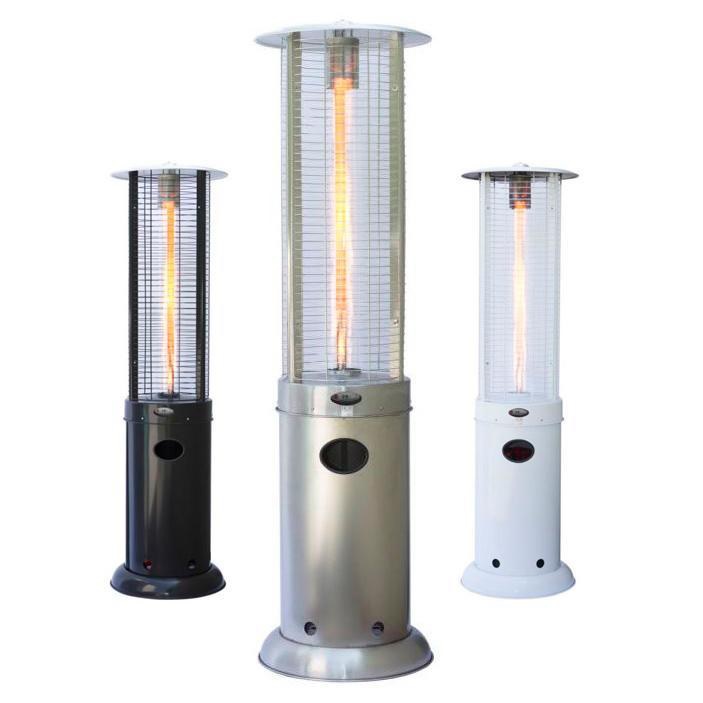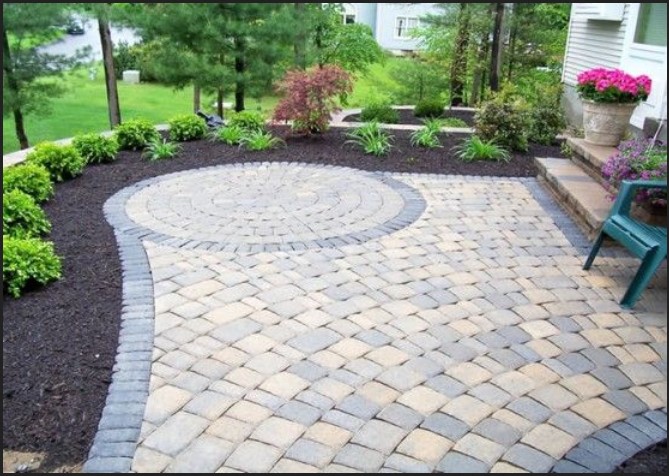<2016/05/image005.jpg">
Rattan Garden Furniture is one of the most popular of all choices for your outdoor living and entertaining needs. It’s relaxing charm and elegance as well as its wide variety of beautiful designs to suit almost any décor style make it the perfect furniture choice. It also comes in a variety of colors and furniture pieces, allowing homeowners create any furniture groupings they need, tables and chairs for cozy dinners to sofas and table sets for entertaining guests.
The Strength of Rattan
Rattan furniture is constructed of what is considered to be one of the world’s strongest woods. Its vertical growth creates straight wood that, when steamed, is bent into any shaped the furniture maker desires. When dried its shape is permanently set and the furniture piece is tough and ready to face the elements. Compared to other tough materials like teak and wrought iron, though, rattan offers a major advantage. It is incredibly lightweight. You won’t have to call your neighbor over to help when you want to rearrange the furniture. You’ll be able to pick up and move a chair or lounger all by yourself.
Wicker versus Rattan
Rattan is often mistakenly called wicker instead. That’s because both of these types of furniture feature a distinctive braided design look. What is the difference? Rattan is actually the name of a wood from Southeast Asia – the material from which rattan garden furniture is made. Wicker, on the other hand, is the process used in weaving various materials into a piece of finished furniture. Realistically, wicker and rattan are terms that are frequently used to refer to the same thing.
Rattan Effect Furniture
Calling rattan wicker and vice versus is not the only confusion surrounding rattan furniture. There are some ‘rattan’ furniture products that are actually made of synthetic rattan. Polythene, polyethylene alternative, plastic or polyrattan are used to manufacture synthetic rattan furniture. These furniture pieces are called rattan effect garden furniture and there are important reasons for their creation. Natural rattan, while very strong, has a few flaws. If rattan furniture doesn’t dry completely after rain, it may develop spots of mold.
In the northern United States and the United Kingdom rattan furniture doesn’t always stand up well for this reason. If left uncovered in the sun year round, it is also prone to fading. Because synthetic rattan is almost impervious to the elements, it is ideal for outdoor use. Some synthetic materials are also more resistant to ultraviolet light and so they don’t fade. Rattan effect garden furniture is often less expensive than real rattan, too, unless you find a rattan garden furniture sale at which to make your purchases.
Rattan Furniture Requires Little Maintenance
Rattan is an easy material to clean and maintain. All you need to do is wipe it off occasionally with a mild cleaning solution using a soft cloth. Once a year you need to give it a thorough washing then be sure to allow it time to dry completely before putting cushions back on so mold doesn’t form. In the off season when you aren’t using it, protecting its finish with furniture covers is a good idea.
Rattan furniture, whether constructed of real rattan or one of its synthetic forms, is always in demand. Its ability to be shaped into many forms allows manufactures to offer customers an amazing variety of sizes and shapes from which to select.
For your complete guide to rattan including tips, photos, cleaning advice an much more be sure to read: Understanding Rattan Garden Furniture and visit The Garden and Patio Home Guide for fabulous articles on how to keep your outdoor space looking its best!

 A garden adds light to your home and fosters a welcoming environment for guests. By adding a block paving, you create an inviting path for yourself, family and friends to enjoy the greenery. They also enhance the design of an otherwise normal driveway and allow you to be creative with designs.
A garden adds light to your home and fosters a welcoming environment for guests. By adding a block paving, you create an inviting path for yourself, family and friends to enjoy the greenery. They also enhance the design of an otherwise normal driveway and allow you to be creative with designs.